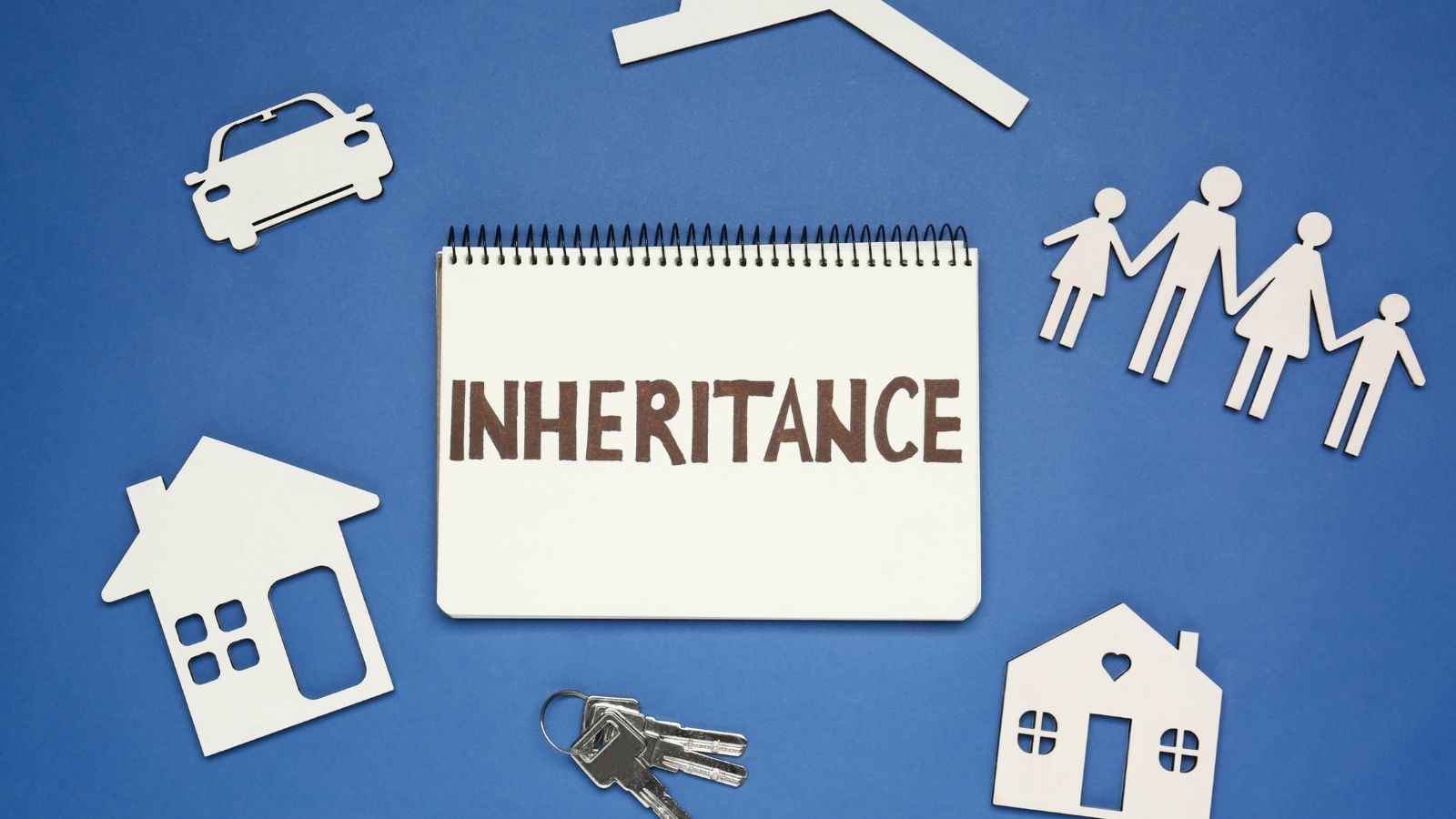For many young people, the prospect of buying a home feels more like a distant dream than a realistic goal. This article explores 20 alarming ways the housing market is contributing to this generational divide, making it harder than ever for younger generations to achieve financial security:
Rising Home Prices

The average house price in the U.S was $404,400 at the end of last year, a 6% increase on the year before. The steep hike in house prices has been happening for decades,making it difficult for younger generations to afford to buy their own property. While baby boomers were able to purchase homes at significantly lower prices, Gen Z are faced with a lifetime of renting.
Stagnant Wages

The rise in the cost of homes hasn’t been met with increased wages as companies struggle to keep up with the pace of inflation. The gap between earnings and property costs has widened, making it nearly impossible for many younger individuals to save for a down payment on a home.
Higher Mortgage Interest Rates

Recent spikes in interest rates have made mortgages more expensive than ever, increasing the financial burden on first-time buyers and pushing homeownership further out of reach for younger generations.
Stricter Lending Requirements

High inflation rates and increases in the cost of living make banks and lenders nervous when offering credit. Many financial institutions have tightened mortgage requirements, making it harder for young adults to secure credit, especially if they’re carrying student debt.
Student Loan Debt

Many millennials and Gen Zers carry significant student loan debt, with the average graduate owing $38,375. With such heavy debt to contend with, young people aren’t likely to secure a mortgage until their college debts are paid.
Limited Housing Supply

The U.S. housing market has suffered from years of underbuilding, particularly after the 2008 financial crisis. Many construction firms went bankrupt or scaled back operations during this difficult time, leading to a shortage of new homes that young people can afford.
High Rental Costs

According to Zillow, the average cost of rent in the U.S. is $2000 meaning young people are struggling to find affordable homes. For those who can afford to move out of the family home, high rental prices make it difficult for them to save for homeownership.
Wealthy Investors Driving Up Prices

One of the major challenges young people face in trying to buy a home is competition from wealthy investors, including corporate landlords and private equity firms. Real estate investors are buying up properties, reducing inventory for first-time buyers and driving prices even higher.
Gentrification Displacing First-Time Buyers

Gentrification has made previously affordable neighborhoods expensive, pricing out younger and lower-income buyers. As property values rise and older housing stock is renovated or replaced, the cost of living in these revitalized neighborhoods becomes increasingly prohibitive for those trying to enter the housing market.
Inheritable Wealth Disparities

Many baby boomers pass down their wealth, including homes, to their children, giving them an advantage over those without generational wealth. Young people who know that their parents are leaving them their home are being impacted by the increase in life expectancy as they are having to wait longer for their inheritance to come to fruition.
Favorable Tax Policies for Homeowners

Homeowners benefit from tax deductions and other financial incentives, reinforcing how easy it was for boomers to create wealth. In comparison, younger people are struggling to secure long term jobs, pensions and a forever home.
Property Tax Inequality

Property tax inequality can be a significant barrier for young people trying to buy a home, as it often disproportionately benefits older or wealthier homeowners while placing a heavier burden on new buyers.
Remote Work Driving Up Prices in Certain Areas

The rise of remote working has, surprisingly, led to an influx of wealthier buyers into affordable areas, as they no longer need to be close to the city and want more green space. The drive to find a better area to work from home is driving up home prices and making it harder for locals to buy homes.
Cost of Living Differences Between Generations

Older generations paid a lot less for education, healthcare, and basic necessities, allowing them to save more for homeownership. In contrast, the average cost of living in the U.S. is $6,080, according to Cost of Living, meaning there’s little left at the end of the month to put into savings.
Predatory Lending Practices

Younger homebuyers are often targeted by high-interest, adjustable-rate mortgages as that’s the only way they can secure credit. But, using unregulated lending companies is risky as people may not be able to make monthly repayments, which can impact their credit scores.
Financial Illiteracy and Lack of Guidance

Many younger buyers lack financial education about homeownership, making them vulnerable to making poor financial decisions. There’s little in the way of financial education in schools and not all parents discuss finances with their children.
Job Market Volatility

Younger generations are struggling to find regular work due to instability in the job market. Until young people have secured a long term contract, they can’t make financial commitments such as homeownership.
Climate Change and Disaster Risk

Homes in disaster-prone areas are increasingly expensive to insure, adding another financial burden for younger buyers. One of the main reasons is there’s more frequent hurricanes, wildfires, and floods which have led to record-breaking home insurance costs.
Lack of Government Support for First-Time Buyers

Many government programs that once supported first-time homebuyers have been reduced, leaving younger generations with fewer options for financial assistance. From limited down payment assistance programs to insufficient affordable housing initiatives, potential homeowners often find themselves navigating an unaffordable market.
Racial and Socioeconomic Disparities

Systemic barriers continue to disproportionately impact minority and low-income communities, preventing them from accessing homeownership opportunities at the same rate as wealthier, predominantly white communities.
21 Products Canadians Should Stockpile Before Tariffs Hit

If trade tensions escalate between Canada and the U.S., everyday essentials can suddenly disappear or skyrocket in price. Products like pantry basics and tech must-haves that depend on are deeply tied to cross-border supply chains and are likely to face various kinds of disruptions
21 Products Canadians Should Stockpile Before Tariffs Hit
